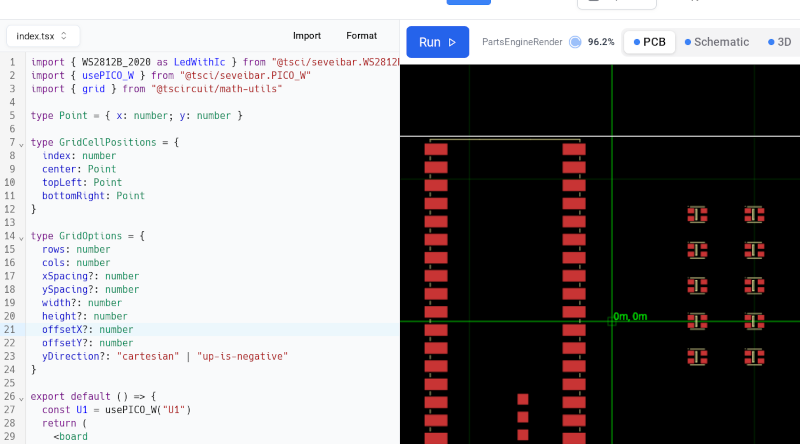I played The Legend of Zelda: Echoes of Wisdom (as a distraction to avoid losing my mind reading the last giant batch of lab reports for the semester) since I finally found a copy for a vaguely reasonable price a few weeks ago, and will play anything from the franchise. It’s… OK. Thoughts:
- The main echo gimmick is novel and mostly positive;
- it’s narratively a neat way to have the player character (who is Zelda) not get their hands dirty
- it’s pretty clear when you can learn something, and which things on screen are your echoes
- it’s fun to try applying different echoes to situations
- …but it involves a ton of menuing, which their attempts to make affordances for don’t quite cover up
- and there are quite a few points where it’s aggravating to get an echo to do what you clearly need it to
- The game is pretty short. A bit unsatisfyingly so.
- The vast majority of puzzles are highly telegraphed and fairly trivial (most are just interesting enough to be satisfying) and a few are “go look up what obnoxious detail makes the obvious solution frustrating to execute”
- The minor characters and side quests are not very interesting, which is something Zelda games are usually better at
- I went in and played a bunch of side content after I beat the game, just looking for interest.
- Several of the mechanics just…aren’t very useful:
- If you can find a safe spot, you can always heal with a bed, so smoothies matter once for cold resistance and otherwise only if you need to heal during a boss because you did something dumb.
- Once you have clouds, the other platforming-related echoes are largely irrelevant.
- I… didn’t even bother with Dampe and the automatons until I went back to mop up stuff I missed after I finished. It feels more like an alternate pitch to the echo system that they didn’t quite let go of.
It’s not a bad game, but don’t pay full price.
Given that the 3D Zeldas for the Switch (BoTW and ToTK) were excellent, do those first if you haven’t. And if you specifically want a 2D Zelda-like and you haven’t played Tunic (which is a 2D Zelda influenced game whose magenta otherworldly corruption feels like it might have fed back into the franchise with this one), do that first, it’s more interesting.




